Invengo Information Technology XC1003 Smart Phone User Manual
Invengo Information Technology Co., Ltd. Smart Phone
user manual
Smart Phone
XC1003
USER MANUAL
SHENZHEN YINGR TECHNOLOGY CO., LTD.
10th floor,#08-09,Research Complex Building, Tsinghua Hi-Tech Park,
Nanshan Hi-Tech Industrial Park(North), Shenzhen China
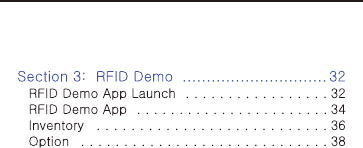
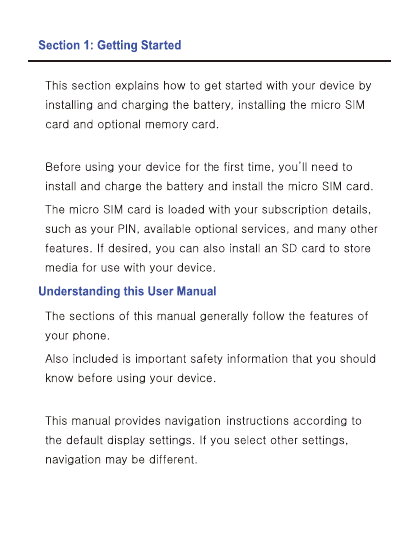
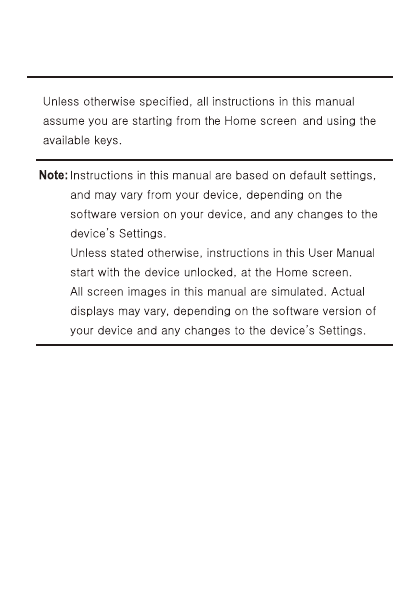

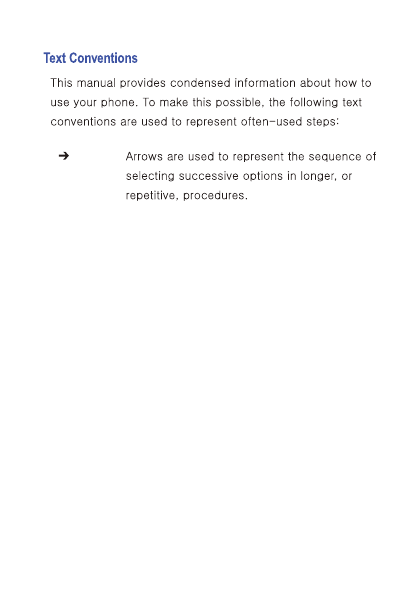
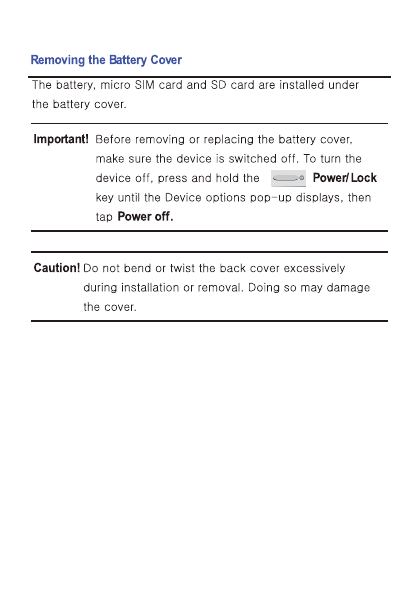

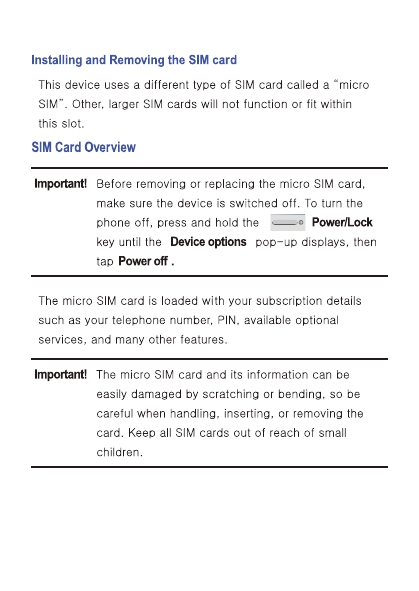
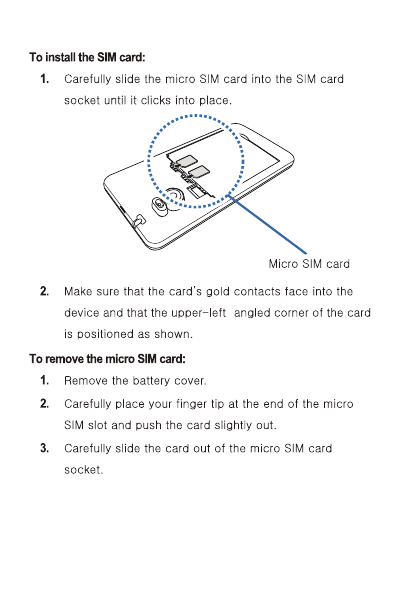
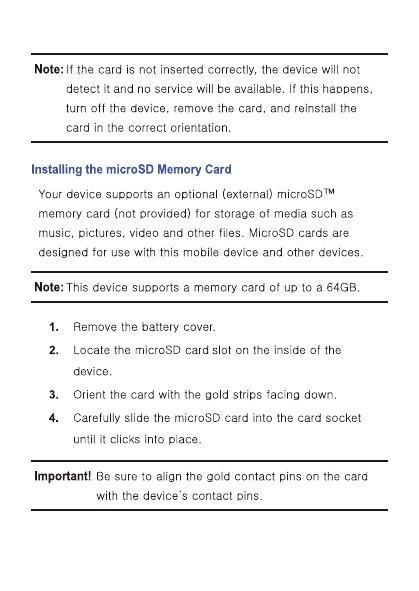
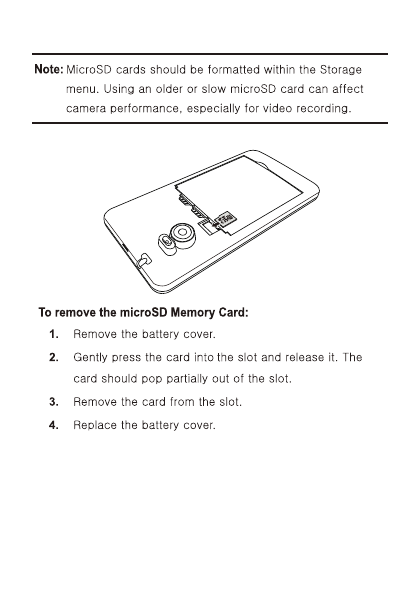
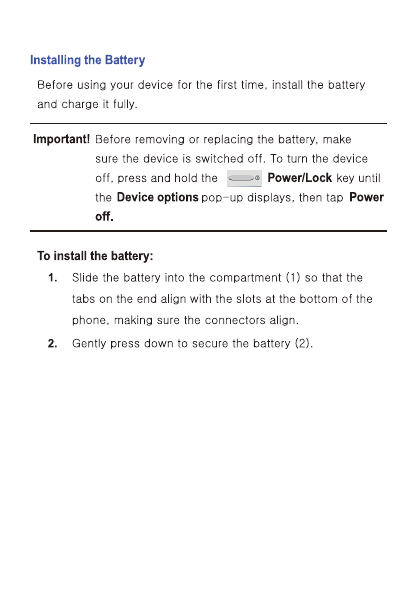
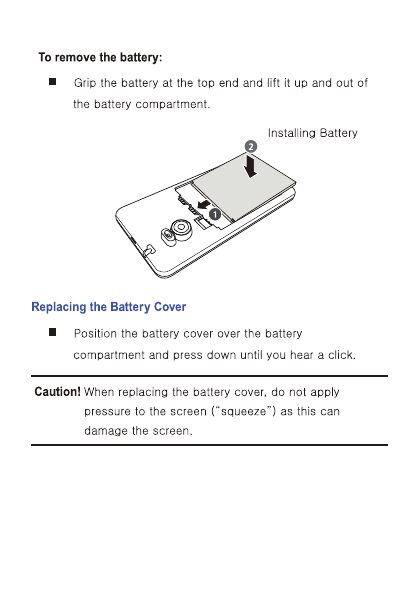
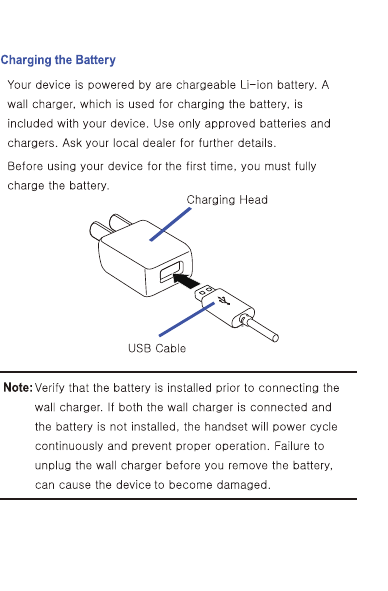
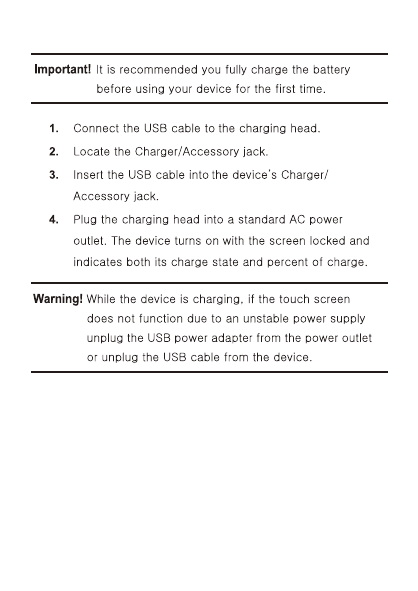
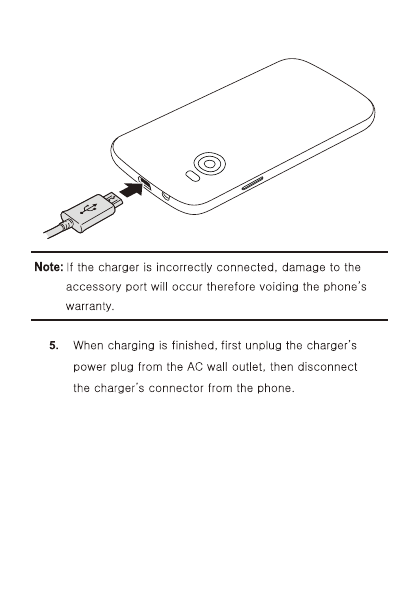
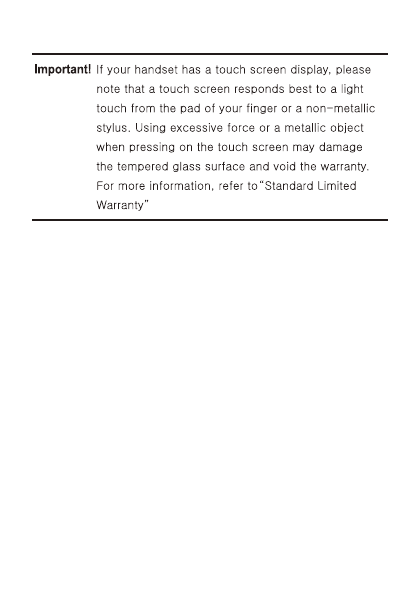
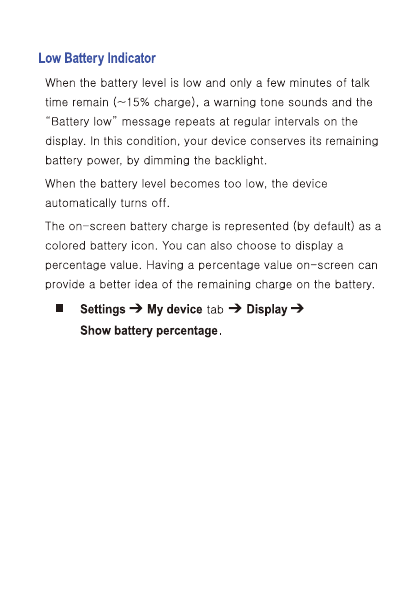
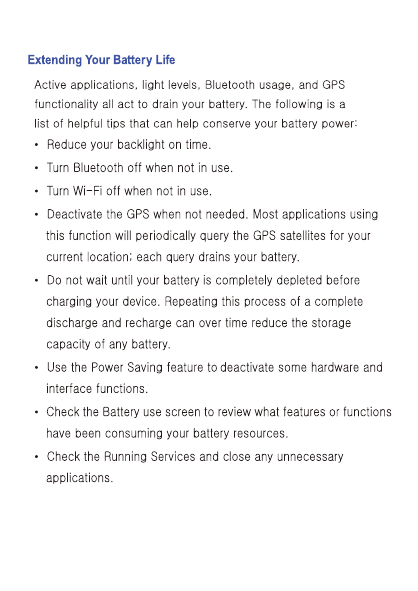
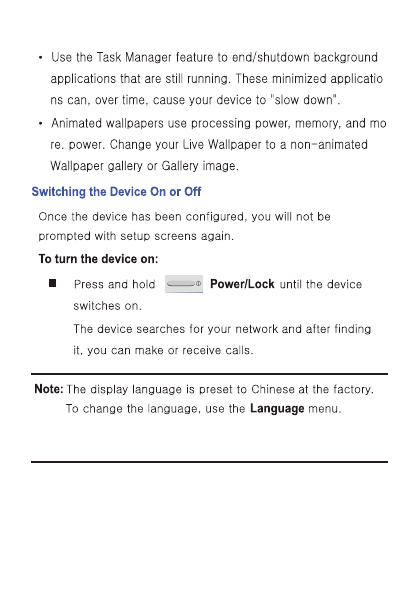
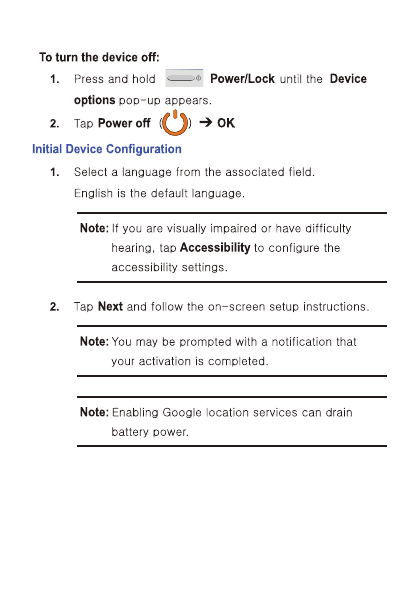
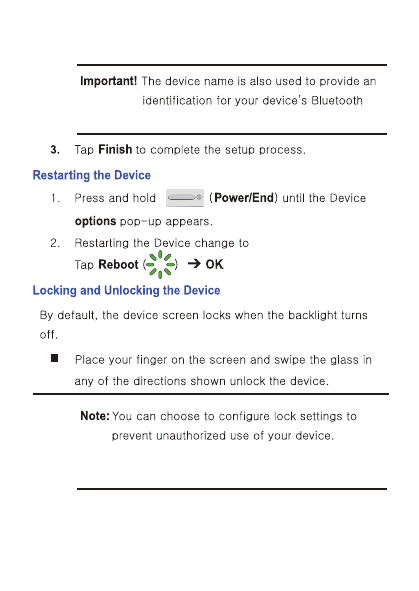
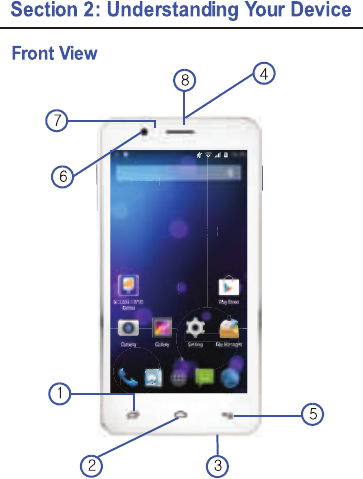
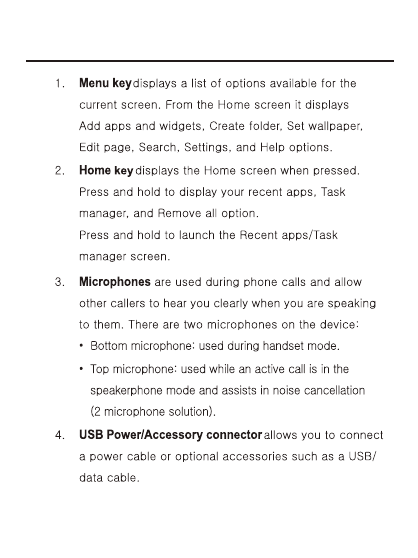
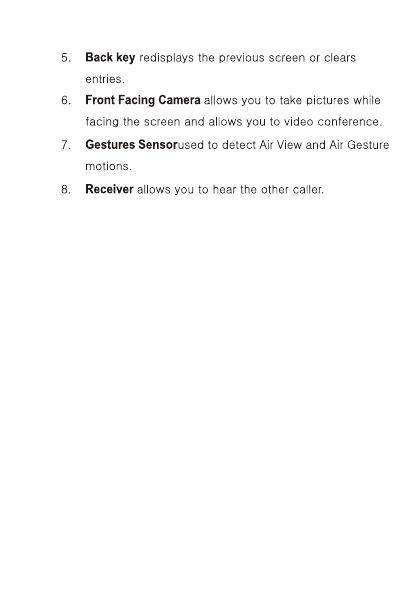
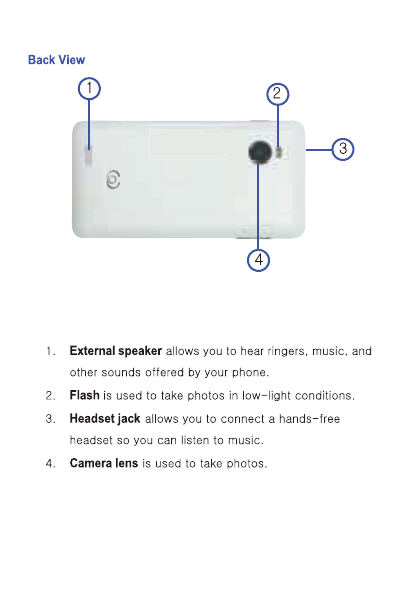
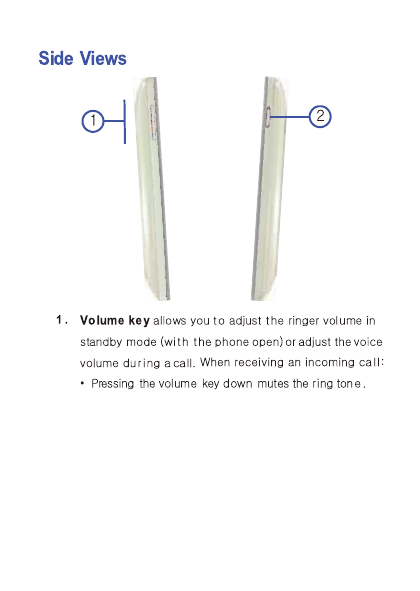
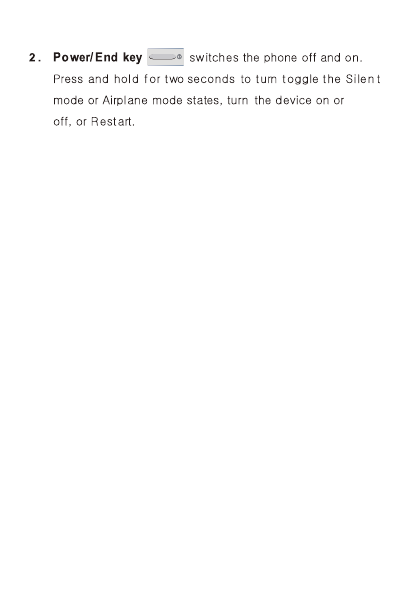
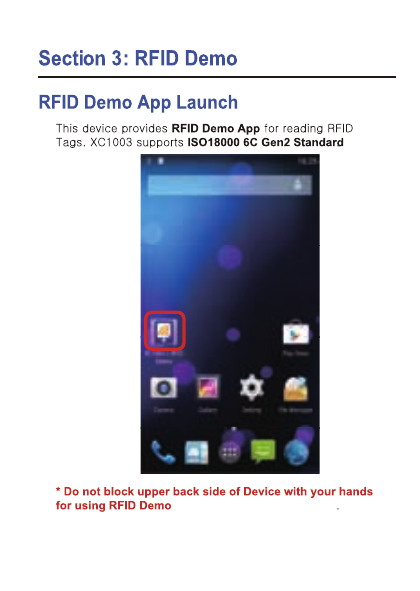
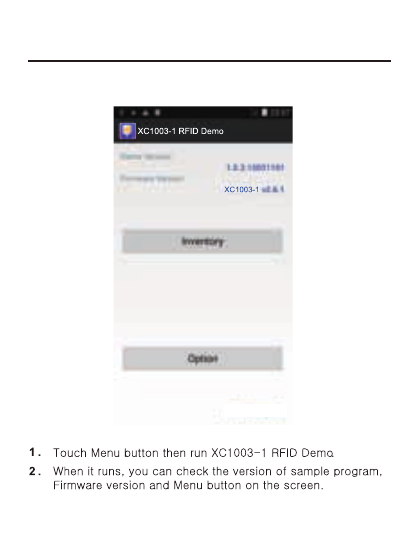
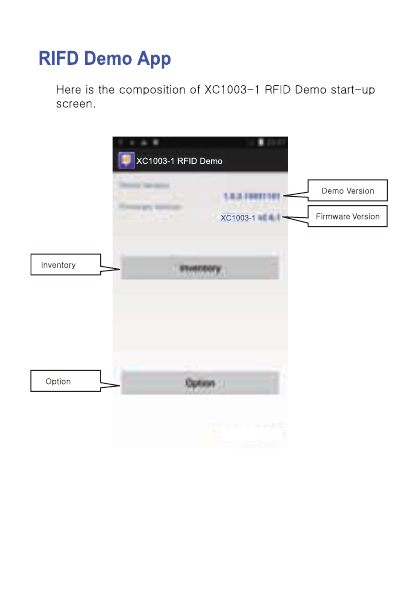
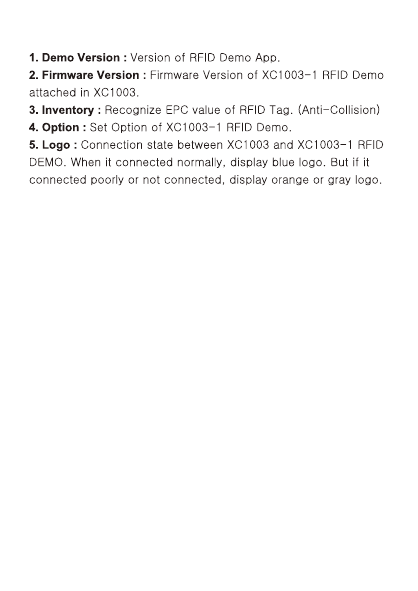
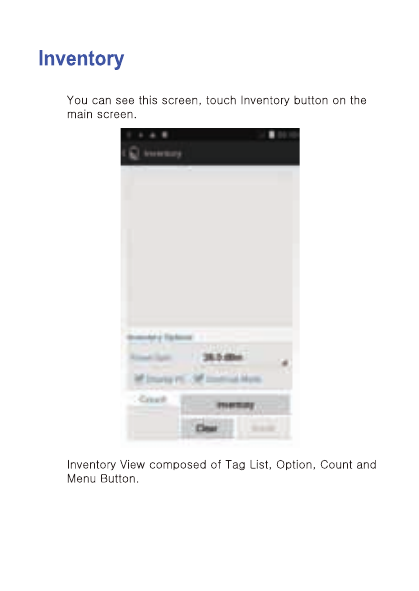
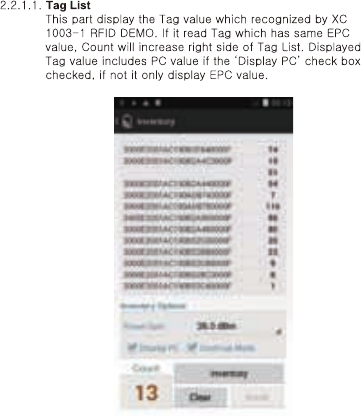
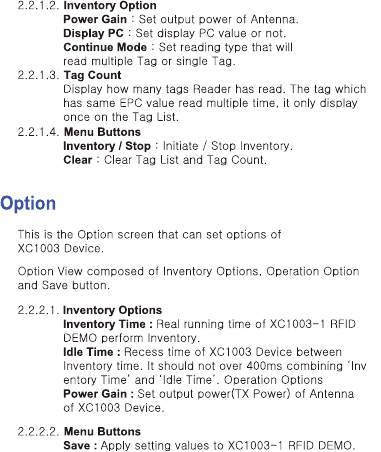
This equipment has been tested and found to comply with the
limits for a Class B digital device, pursuant to part 15 of the FCC
Rules. These limits are designed to provide reasonable protection
against harmful interference in a residential installation. This
equipment generates, uses and can radiate radio frequency energy
and, if not installed and used in accordance with the instructions,
may cause harmful interference to radio communications. However,
there is no guarantee that interference will not occur in a particular
installation. If this equipment does cause harmful interference to
radio or television reception, which can be determined by turning
the equipment off and on, the user is encouraged to try to correct
the interference by one or more of the following measures:
• Reorient or relocate the receiving antenna.
• Increase the separation between the equipment and receiver.
• Connect the equipment into an outlet on a circuit different from
that to which the receiver is connected.
• Consult the dealer or an experienced radio/TV technician for
help.
Caution: Any changes or modi cations to this device not explicitly
approved by manufacturer could void your authority to operate this
equipment.
This device complies with part 15 of the FCC Rules. Operation is
subject to the following two conditions: (1) This device may not
cause harmful interference, and (2) this device must accept any
interference received, including interference that may cause
undesired operation.
The device has been evaluated to meet general RF exposure requirement. The device
can be used in portable exposure condition without restriction.
z Technical specifications
Bluetooth V4.0:
works in the 2.4GHz (2402MHz~2480MHz) ISM band
Channel Number: 79 channels for V4.0(DSS) and 40 channels for V4.0(DTS)
Channel Spacing: 1MHz for V4.0(DSS) and 2MHz for V4.0(DTS)
Modulation type: GFSK, π/4-DQPSK, 8-DPSK for V4.0(DSS) and GFSK for
V4.0(DTS)
WIFI:
work in the 2.4GHz(2412MHz~2462MHz),
Modulation: DSSS and OFDM on IEEE 802.11 protocols and support 802.11b/g/n.
Channel spacing: 5MHz
11 channels for 20MHz bandwidth(2412-2462MHz)
7 channels for 20MHz bandwidth(2422-2452MHz)
GPS:
Receiving Frequency: 1575.42MHz
2G:
The MOBILE PHONE operates on the GSM 850/900/1800/1900MHz Band
Modulation: GMSK for GSM/GPRS
RFID:
works in the 920.1-925.0MHz band
Channel Number: 50 channels
Channel Spacing: 100KHz
Modulation type: ASK
Specific Absorption Rate (SAR) information:
This Smart Phone meets the government's requirements for exposure to radio waves.
The guidelines are based on standards that were developed by independent scientific
organizations through periodic and thorough evaluation of scientific studies. The
standards include a substantial safety margin designed to assure the safety of all
persons regardless of age or health.
FCC RF Exposure Information and Statement The SAR limit of USA (FCC) is 1.6
W/kg averaged over one gram of tissue. Device types: Smart Phone
(FCC ID: TQ4-XC1003) has also been tested against this SAR limit. This device was
tested for typical body-worn operations with the back of the handset kept 15mm from
the body. To maintain compliance with FCC RF exposure requirements, use accessories
that maintain a 15mm separation distance between the user's body and the back of the
handset. The use of belt clips, holsters and similar accessories should not contain
metallic components in its assembly. The use of accessories that do not satisfy these
requirements may not comply with FCC RF exposure requirements, and should be
avoided.
Body-worn Operation
This device was tested for typical body-worn operations. To comply with RF exposure
requirements, a minimum separation distance of 15mm must be maintained between
the user’s body and the handset, including the antenna. Third-party belt-clips, holsters,
and similar accessories used by this device should not contain any metallic components.
Body-worn accessories that do not meet these requirements may not comply with RF
exposure requirements and should be avoided. Use only the supplied or an approved
antenna.